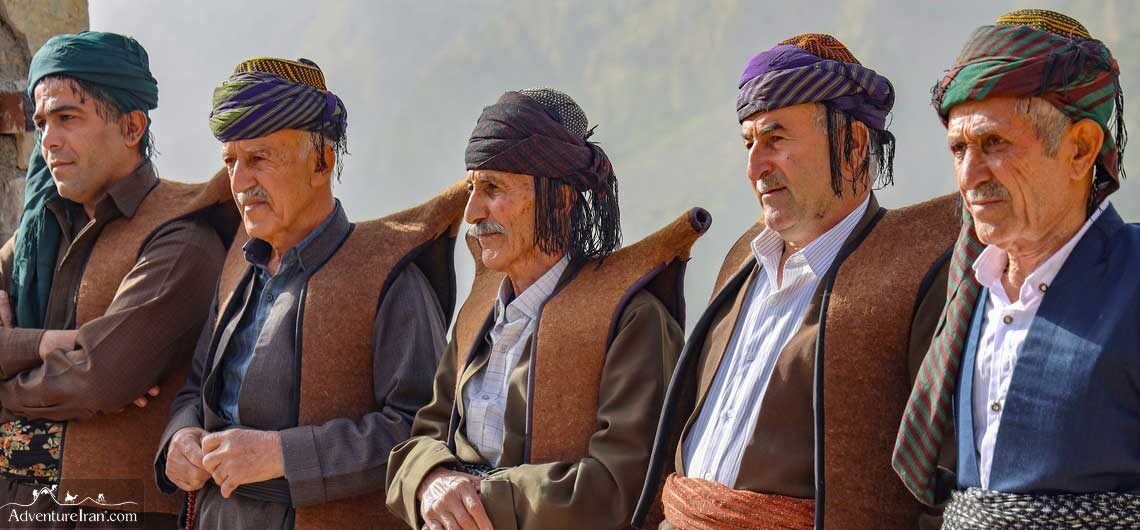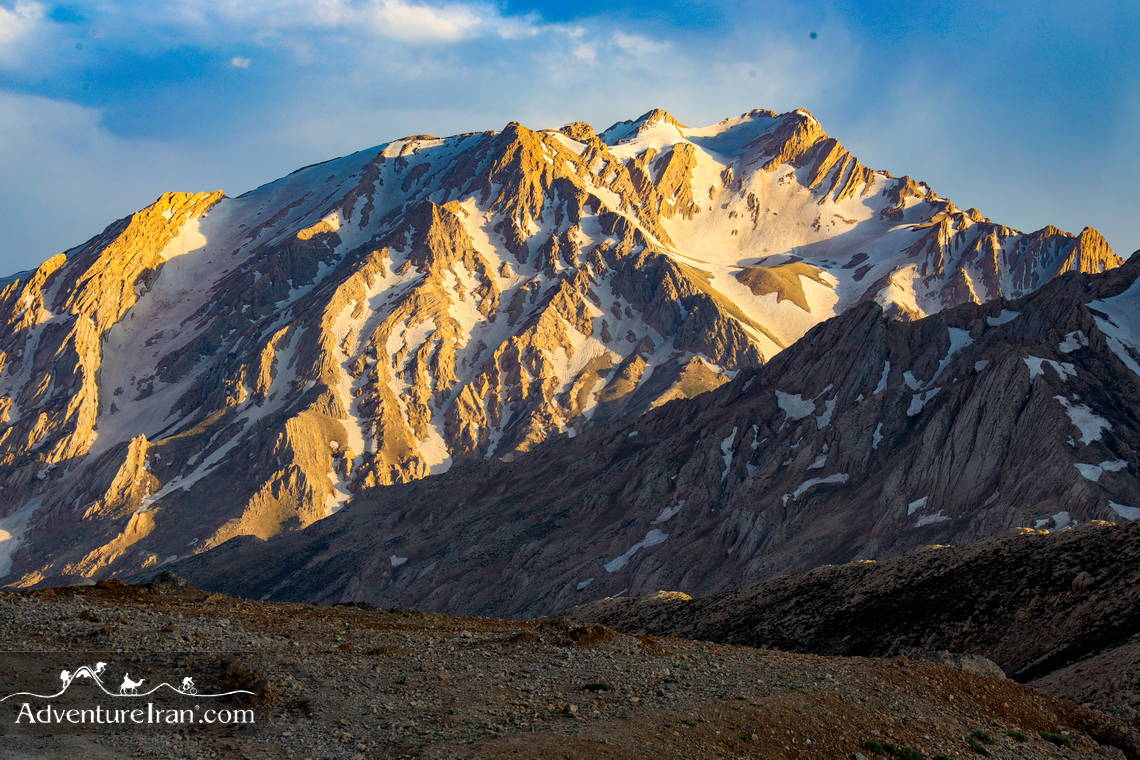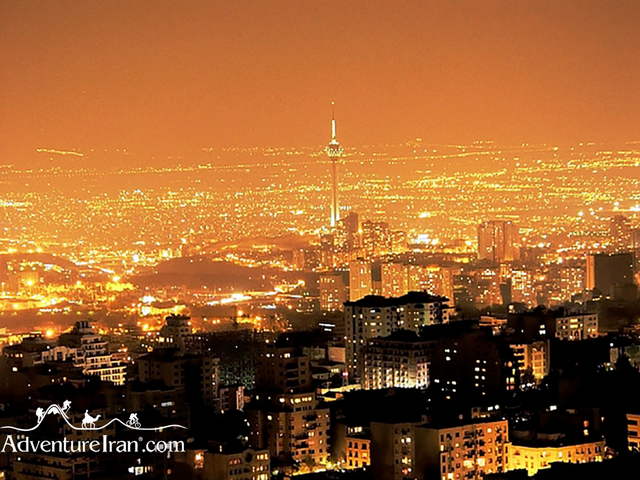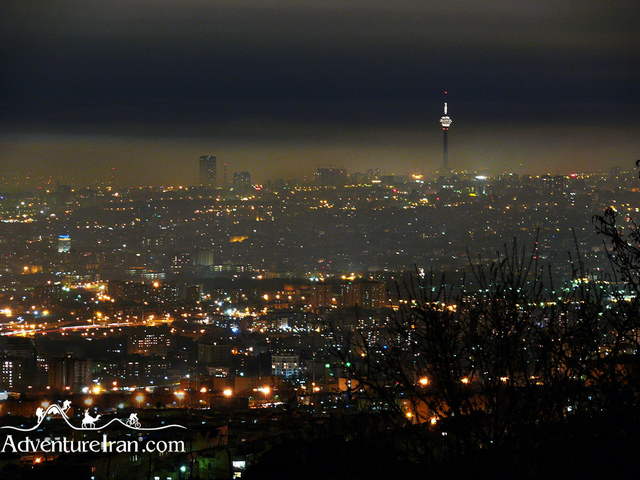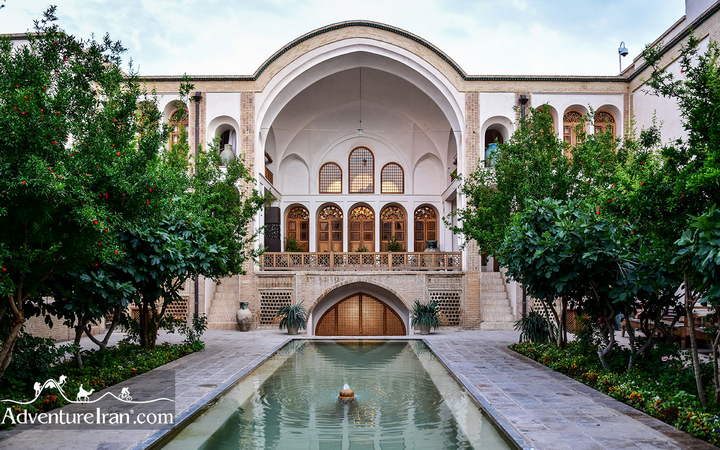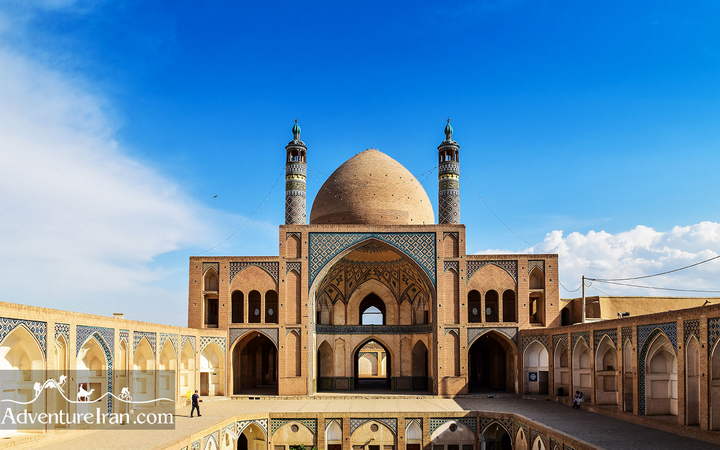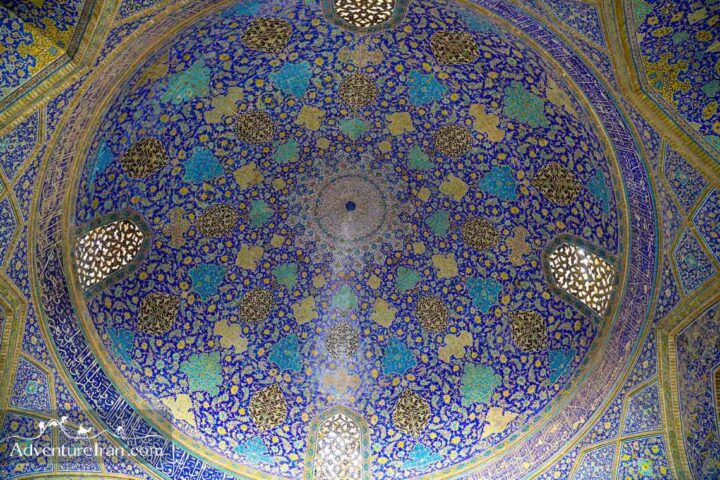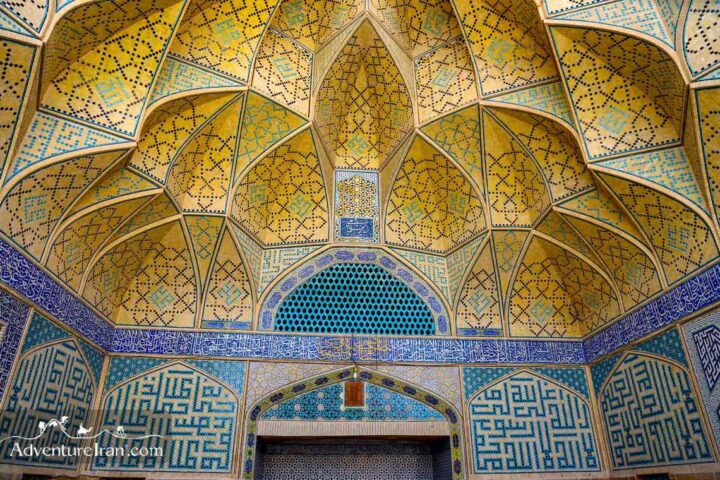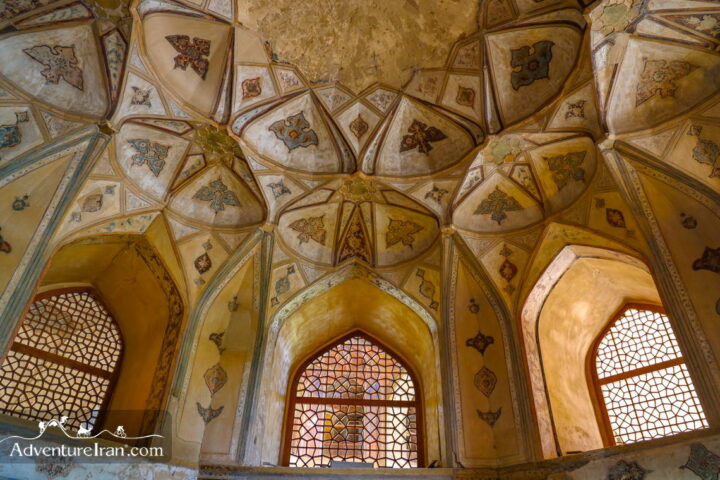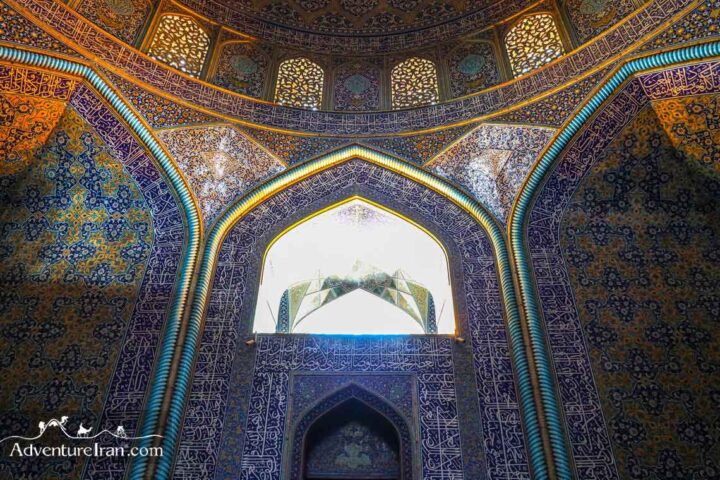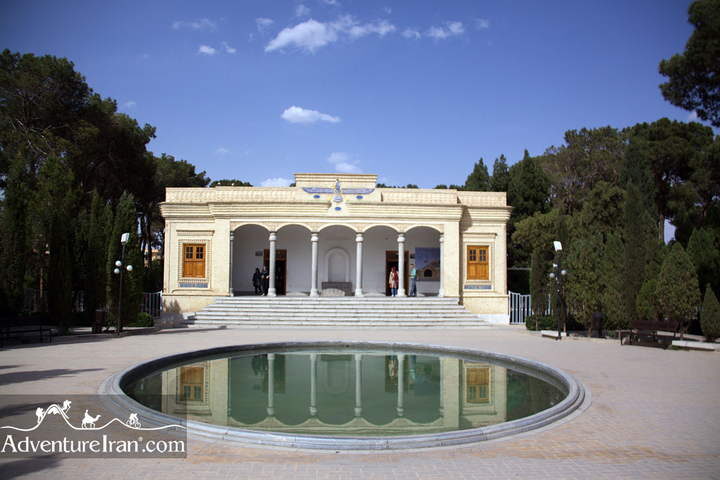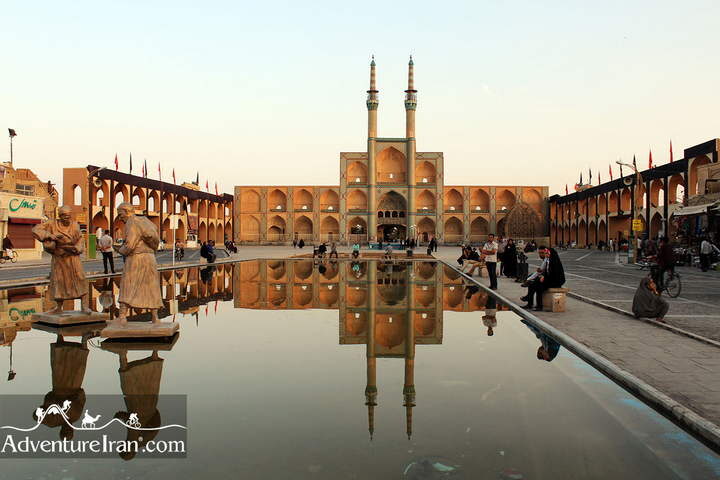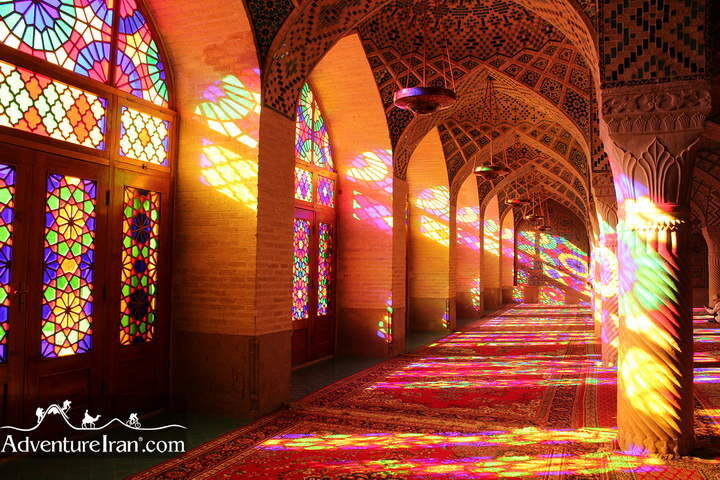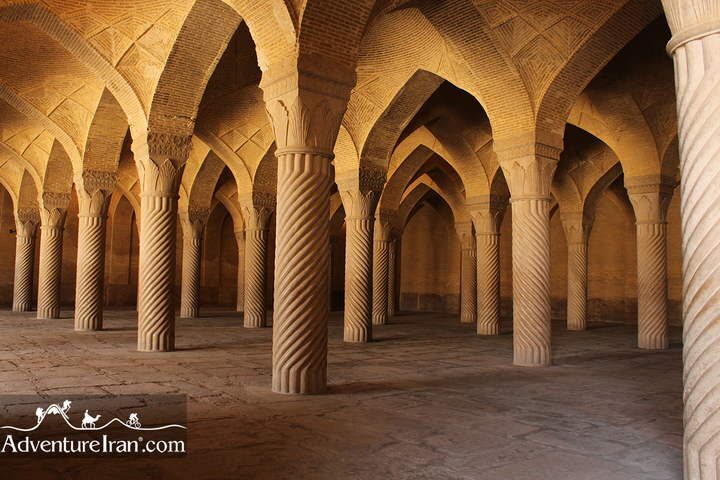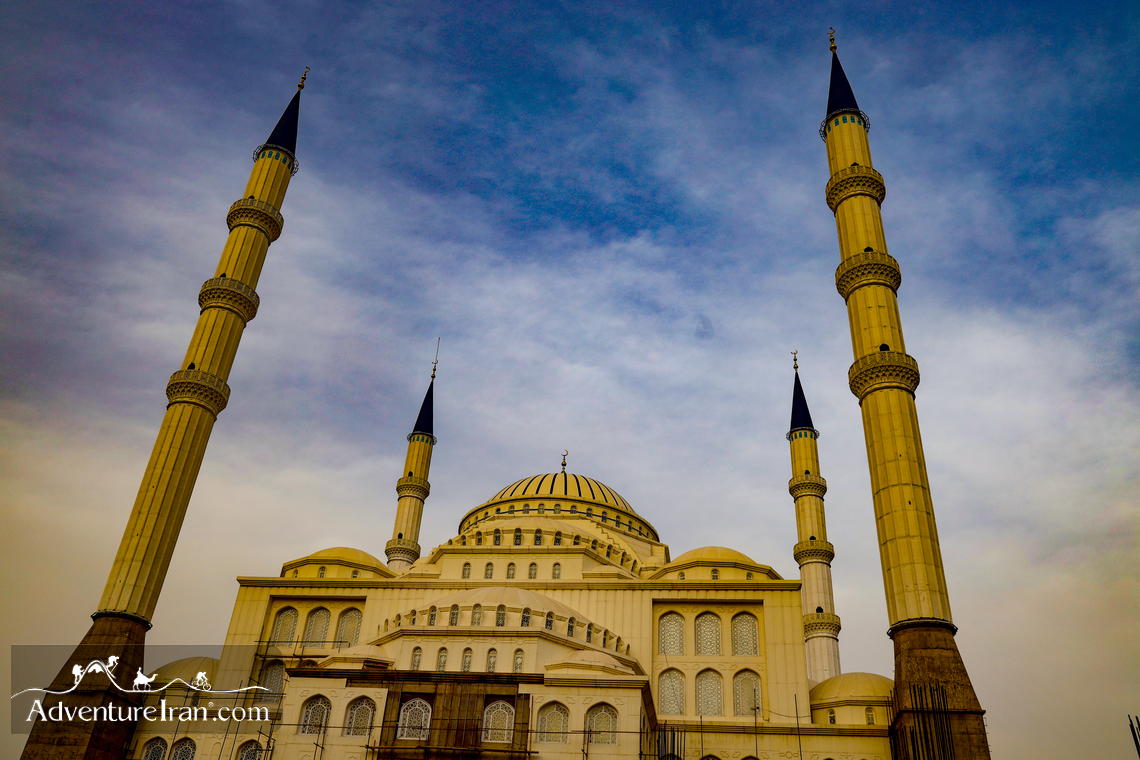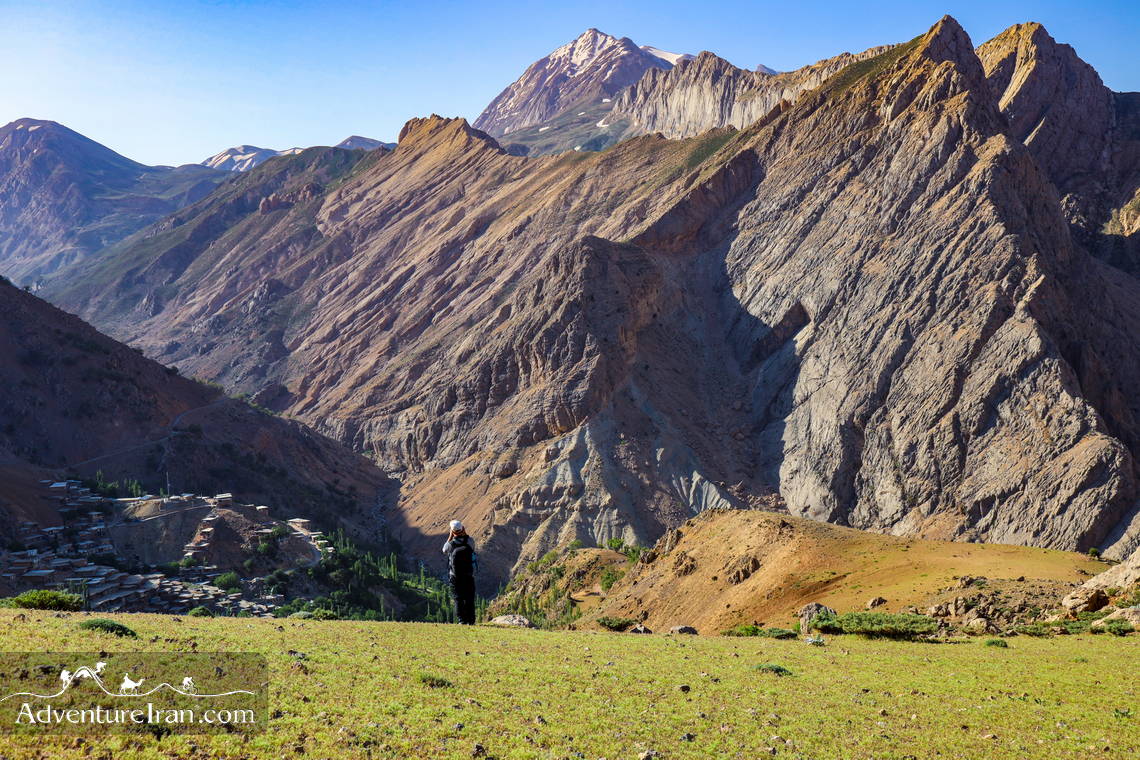A guide for Photography in Iran
Photography in Iran is one of the subjects that is rarely talked about in a specialized way. Most of the articles and posts related to photography in Iran introduce Iran’s best places for photography on Instagram or other social media. The audiences of these articles are mostly people who travel to Iran for sightseeing and take photographs with mobile cameras. While for photographers or travelers who are specialists in photography, this information is not practical. In this photography guide to Iran, we will review the different types of photography that are possible in the country, and we also introduce the best locations and times for each category.
In addition, you will find more useful information regarding this purpose in the Photography Section of our blog. Our specialized Iran Photography Tours are designed for photographers who are looking for technical photography travel in different locations of the vast country of Iran.
Portrait Photography
If you are a portrait photographer and inserted in traveling to an unusual destination with varied people, Iran should be on your travel photography list. With a wide diversity of various ethnicities, Iran offers perfect pictures for your people photography portfolio. This diversity brings a lot of variety with itself such as many subcultures with their own lifestyle, clothes, racial backgrounds, and beliefs. One of the best subjects for this type are nomads who have kept their way of life intact in the modern days. Tribes like the Kurds (Iranian Kurdistan), Turkmens, the Balooch, Afghans, Bakhtiari nomads, Azaris, Arabs, Taleshis, and Qashqais are the most noticeable ones. They are living in different corners and provinces of Iran which are mostly located around Iran’s borders with the neighboring countries. You could also see these ethnic groups with similar customs in the countries of Iraq, Azerbaijan, Turkmenistan, Afghanistan, and Pakistan. Since these special photography spots are located in different geographical areas, the travel time to these areas varies. This reason has created one of the amazing features of Iran for traveling; you could travel to Iran any time of year for portrait photography and the country offers proper themes and locations for each season of the year. For example, the best time for photography in the Baluchistan region, located in the southeast of Iran, is in winter, while the time to travel to the Talesh nomadic region, situated in the northeast of Iran, is in summer.
Iran’s Weather and Climate Diversity is the main advantage of Iran as a destination compared with other countries in the Middle East. If you could choose the right season for your special trip, you could also combine a couple of those regions in one trip to Iran. Iran’s Best Travel Time post gives you more detailed information about the best season for traveling to Iran.
Architecture Photography Guide to Iran
Architecture Photography is the most popular photography type in Iran. Since the global image of Iran as a tourist destination is mostly about Ancient Persia and the blue mosques, no wonder architectural photography has more fans compared with other photography categories. The huge number of historical monuments and sites dating back thousands of years or centuries ago made Iran a perfect destination for architecture photography. The caravanserais built on the ancient Silk Road are special subjects for this type of photography that you could NOT find elsewhere. The famous colorful mosques with unique architecture in different cities are other outstanding subjects for Architectural photography in Iran. Depending on the duration of your trip to Iran and your travel time, there are different types of itineraries and regions you could include on your photography trip.
-
The Classic Iran Route
The majority of photographers who are interested in traveling to Iran for the first time prefer Photography Through the Classic Iran route. On this Iran popular route, the journey starts in Tehran capital and finishes in Shiraz. It passes through the most famous locations for architecture photography as well as the 5 major tourist cities of Iran. You will see numerous photography subjects which are divided into the two types of pre-Islamic and post-Islamic architecture. The old and historical neighborhood parts of the cities are spectacular for this type of photography as well. The grand bazaars of Tehran, Esfahan, and Shiraz are the top locations where you have to spend hours setting up the perfect shot.
Tehran is the entrance gate for the majority of travelers. It is usually the first location for your photography trip. Tehran’s downtown is more modern with eye-catching sites, and only a couple of old neighborhood has been left in the capital. Oudlajan neighborhood, located around the capital grand bazaar, is a good place for photography in Tehran. Golestan Palace, the only capital’s UNESCO World Heritage Site, is also near this place and could be on the list of your one-day photography tour of Tehran.
Kashan is another city that is very popular for architectural photography in Iran. The narrow alleys of the old part of the city, the colorful Aghabozorg Mosque, the historical bazaar, Fin Garden (UNESCO), and the famous traditional historical houses of Kashan could be on your list too for a photography tour in Kashan.
Esfahan is the most popular city in Iran for photography. There is a long list of spots for architecture photography in this magnificent city. You have to spend a few days if you want to capture good pictures. The main important subject is Naqsh-e Jahan Square (a UNESCO World Heritage Site) embracing all attractions of Imam Mosque (Masjed Shah), Ali Qapu Palace, Sheikh Lotfollah Mosque, Qeysarie Gate, and the Grand Bazaar.
Another important photography location in Isfahan is Jameh Mosque (Masjid-e Jameh), the 2nd Esfahan UNESCO World Heritage Site. If you have time, the best plan would be a walk from Naghsh-e Jahan Square all the way through the historical bazaar to Jameh Mosque. Another location for photography in Esfahan is the Julfa district which is an Armenian neighbor. There are a lot of subjects for another one-day photography trip in Esfahan. Vank Cathedral and the beautiful alleys with nice shops are the main photography spots of this place. Besides all the above locations, Esfahan has a few historical bridges which are the best locations for night photography.
Yazd, registered on the Iranian UNESCO World Heritage Sites, is another prominent city for photography in Iran. The old parts and the architecture of the old houses in this historical UNESCO city is the main subject of your photography tour. The two famous locations of Jame Mosque and Amir Chakhmaq Complex are the main architectural sites of the city that should be on your photography list. Zoorkhaneh would be another interesting location for photography. Zoorkhaneh is the name of a location for ancient Iranian sport. UNESCO registered the “Pahlevani and Zourkhaneh Rituals” on the list of Iranian Intangible Cultural Heritage of Humanity in 2010.
Shiraz is the last city on this route and it embraces the best architectural photography locations on this trip. The photographers visit two regions: inside Shiraz and the suburbs of the city.
The stunning colorful mosque of Nasir al-Mulk (the Pink Mosque) is the best photography spot in the city. You have probably seen the picture of the pink mosque which has become one of the iconic attractions of the country. The daytime to visit this mosque for taking photos is crucial. The best time is when the sunshine is passing the colorful windows of the mosque.
Vakil Mosque is another location for your architecture photography which is not far from the Pink Mosque. Shahcheragh Holy Shrine is the third religious colorful monument in the city which is a good location for day and night photography. Although photography with a professional camera is prohibited and you need official permission for this location. Vakil Bazaar is another interesting location as you will meet very nice Shirazi people. Saraye Moshir is the best location inside the bazaar for your architecture photography. Karim Khan Citadel is the other photography spot you could consider on your list if you have enough time for photography of this city.
All of the above locations are close to each other. They are all located in the city center of Shiraz and could be visited on a walking photography day trip.
There are other places in the city too that you could visit in the late afternoon or evening. Eram Garden (UNESCO), Hafezieh (the tomb of Hafez), and Sadiyeh (the tomb of Saadi), situated in different parts of the city, are also three popular locations for photography. You should go and visit them in a private vehicle to save your time. Eram Garden is one of 9 Persian Gardens registered on the list of UNESCO.
For photography in Shiraz suburbs, there is a list of significant Pre-Islamic UNESCO heritage sites located in the north of the city. Persepolis, Pasargadae, Naqsh-e Rostam, and Naqsh-e Rajab are different sites that would be the most important locations for your architectural photography in Iran. To catch the best shoots, you have to consider the best time for photography at these sites.
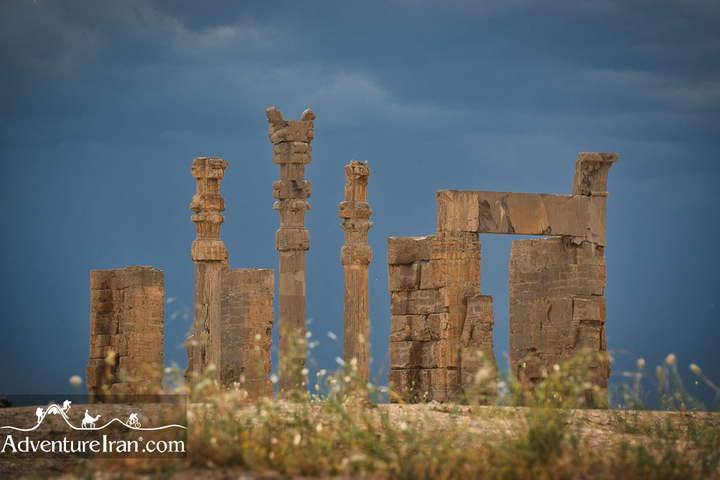
Iran Classic Photography Tour is one of the typical photography trips we designed for this purpose. A minimum of two weeks is needed at least for this intensive photography trip. We highly recommend photographers to not travel during Iran’s Busiest Travel Time for photography in Iran since you are not able to make a good portfolio on your trip. please check Iran’s national holidays too before traveling to Iran. Please keep in mind that the time during the Persian New Year is not suitable for photography as well.
-
Iran Photography Guide for Off the Classic Route
The cities mentioned above are only Iran’s most popular places which would be visited in an intensive two-week itinerary. While the country enjoys other great locations for architectural photography.
The Azari region of Iran in the northwest of the country has plenty of locations for this purpose. Armenian Monastic Ensembles of Iran (three of Iran’s UNESCO World Heritage Sites) along Tabriz, Ardabil, and Urmia cities offer ideal spots for your photography purpose. There are many other places around and on the road between these cities which are also appropriate for architectural photography.
The southwest of Iran has terrific locations for architecture photography as well. Susa, Shushtar, and Tchogha Zanbil are three of Iran’s prominent per-Islamic UNESCO World Heritage Sites. They are spectacular subjects for architectural photography in Iran.
Landscape Photography
Iran is the destination of various climates and natural diversity which is perfect for Landscape photography. The 4 main elements of Mountains, Deserts, Seas, and Forests have created a totally different landscape and spectacular nature. Depending on your interest in any of these natural elements, each region offers you something special for Photography. If you have enough time to spend a few weeks on your trip to Iran, you can combine a couple of those regions. In general, you have to come in different seasons for each type of these natural landscapes. It means you have to travel several times to Iran to cover all the best locations in the best season of the year.
To have a better idea, the best time to travel to the southern coasts and the Persian Gulf region is in winter while it is very hot the rest of the year. For desert regions, only the beginning of spring or autumn is the proper season to travel, summer is extremely hot, and winter is very cold. For most high mountains of Iran, such as Mt. Damavand (5610m) or Mt. Alamkuh (4850 m), the best season is summer. For the Caspian Sea and the coastal regions of northern Iran, spring is the best season for landscape photography. For the forest areas, the best time for a photography tour in each region varies. Autumn is the best travel time for photography of the ancient Hyrcanian Forests (UNESCO).
The above tips just give you a general idea about Iran’s diverse seasonal times. For each region, there are more details about the best months for photography.
All about Photography Trips in IRAN is another article related to introducing Iran as a photography destination with FAQs for photographers.

